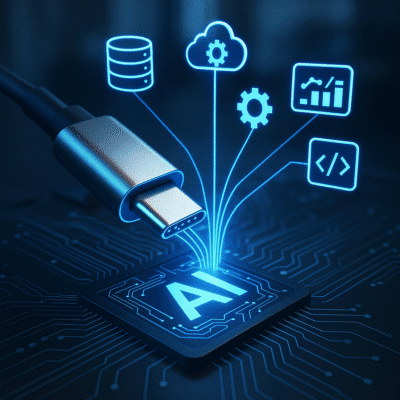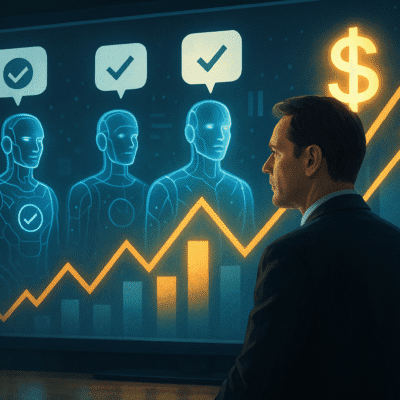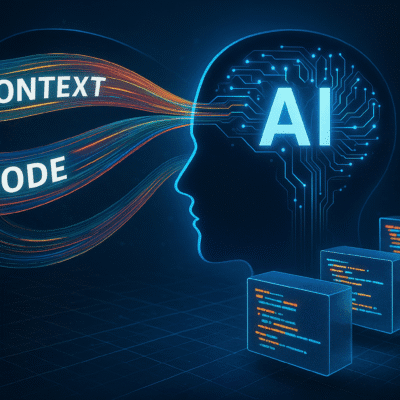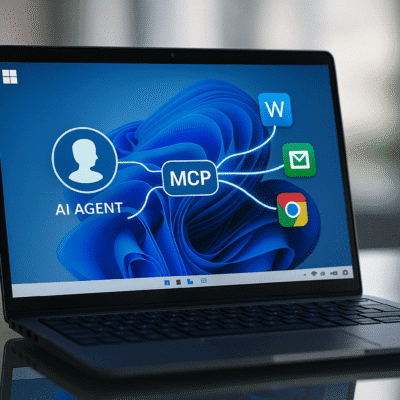Three Questions the Forbes Article Answers
🤖 1. How is Model Context Protocol reshaping AI—and your risk profile?
What’s happening: Anthropic’s Model Context Protocol (MCP) gives AI agents a universal language to pull live data, call external tools and chain workflows—much like the Language Server Protocol did for coding. By replacing one-off connectors with a single open interface, MCP turbo-charges developer productivity and user experience.
Why security teams should care: Standardization means every agent can now reach many more services. That convenience also enlarges the blast radius if something goes wrong. In short, MCP turns fragmented risk into shared risk.
⚠️ 2. What new vulnerabilities ride in with MCP?
| 🚩 Risk | What the article says |
|---|---|
| Broader attack surface | Every added MCP server—email, database, image API—becomes a fresh entry point, creating classic AI supply-chain exposure. |
| Standardization risk | A flaw in MCP itself could ripple across all connected systems, echoing past internet-scale failures. |
| Auth & access gaps | No baked-in framework; each client-server pair rolls its own, often granting wide privileges once authenticated. |
| Data privacy & poisoning | Without strong encryption and controls, sensitive info can leak or be manipulated, violating GDPR/CCPA. |
| Need for centralized control | Enterprises will require an MCP gateway for unified auth, traffic shaping, observability and threat detection. |
🔒 3. How does Continuous Threat Exposure Management (CTEM) close the gaps?
Gartner’s CTEM framework delivers always-on security—essential for fast-moving, agent-driven ecosystems:
| CTEM Phase | MCP Application |
|---|---|
| Scoping | Flag critical workflows, sensitive data paths and admin-level tool connections. |
| Discovery | Inventory every MCP server, client and live agent chain. |
| Prioritization | Rank exposures by exploitability, sensitivity and business impact. |
| Validation | Run real-world attack simulations across MCP flows before adversaries do. |
| Mobilization | Align developers, security and leadership on fixes and road-map updates. |
Action playbook from the article
- Security leaders: Embed CTEM on day one; push for standardized auth/authorization; invest in real-time monitoring of agent-tool traffic.
- Developers: Design MCP clients/servers with strong auth, input validation and least-privilege access; harden and patch integrations; educate teams on emerging AI-security risks.
The bottom line
MCP is the engine of the AI-tooling revolution—but without CTEM’s proactive guardrails it can spawn a sprawling web of vulnerabilities. Build security alongside functionality, and you’ll create autonomous, integrated AI systems that are as resilient and trusted as they are powerful.s





